Building a Healthy Home: An 8-Step Check-Up for Your Project Plans
A healthy home makes both the physical and mental wellbeing of those living in it a priority. Follow these eight steps to give your project plans a health check-up
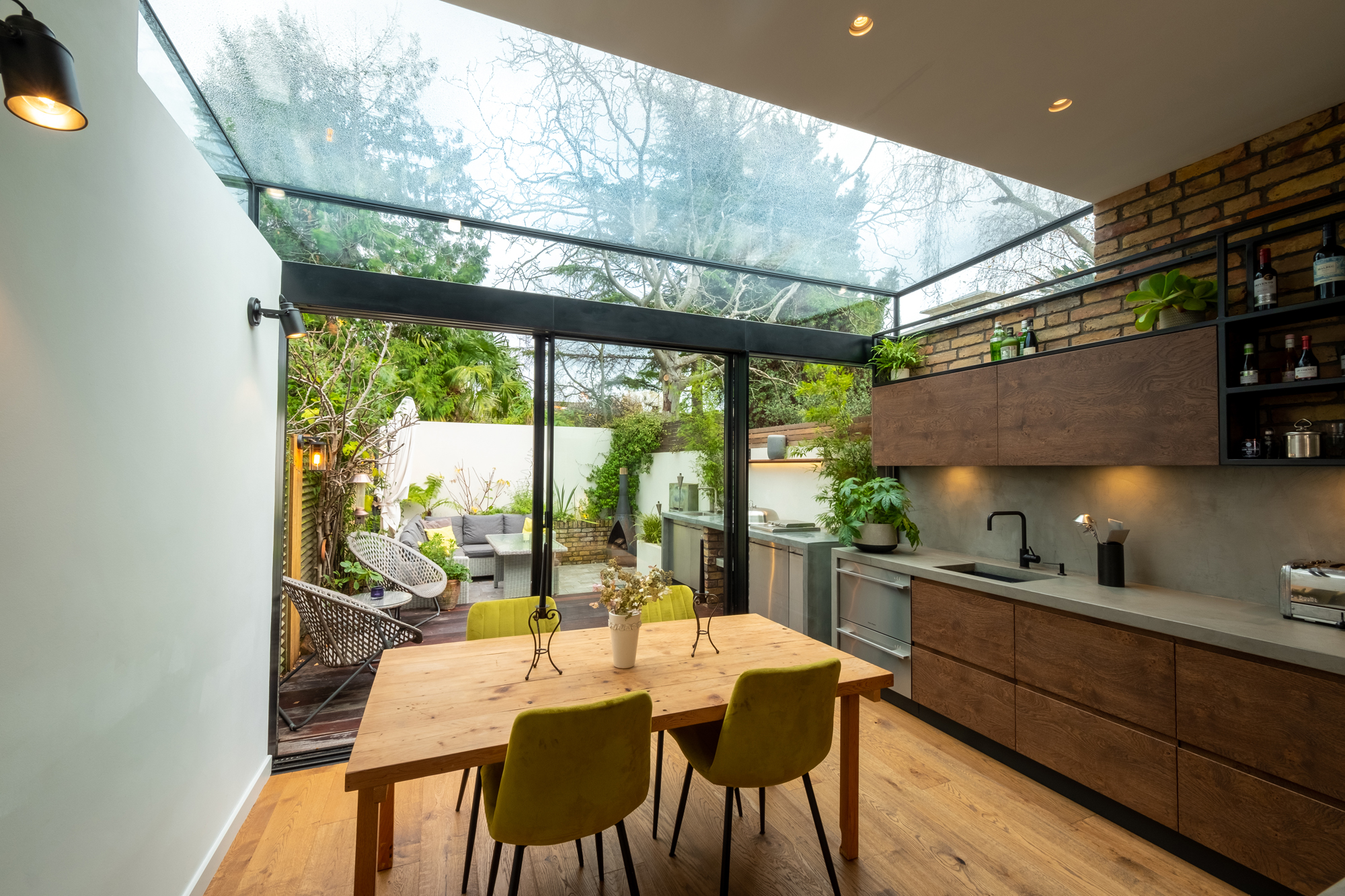
While it may be easy to imagine that your home can have an effect on your mental wellbeing, the choices you make can also affect your physical health.
Do you know, for example, about a phenomenon known as ‘sick building syndrome’?
This is a condition that is thought to induce a range of unpleasant symptoms, including skin irritations, a stuffy or runny nose, sore or dry eyes, headaches, tiredness and difficulty concentrating. It is often a result of poor ventilation, bad lighting, fumes or dust and fibres in the air.
When you know what’s at stake, the importance of ensuring you’re building a healthy home, as well as one that’s functional and good looking, becomes clear.
Give your project plans a onceover with our quick guide to designing, specifying and building a healthier home.
1. Use Toxin-Free Construction Materials
It can be easy to think that the most effective way of creating a healthy home is to focus solely on the interiors and the air that surrounds those living within the shell of the house — but don’t overlook the construction materials and the very fabric that makes up the walls and roof of a house.
If you are building a new house from scratch you have the opportunity to go all-in and create a home with its main focus of wellness, perhaps choosing to go down a package route with a company such as Baufritz, who make health and sustainability a priority in the construction of their houses, ensuring all the materials used are tested for harmful substances and using certified organic materials.
Bring your dream home to life with expert advice, how to guides and design inspiration. Sign up for our newsletter and get two free tickets to a Homebuilding & Renovating Show near you.
Alternatively, you might decide to take a more moderate approach, trying where possible to avoid chemicals and toxins by using natural insulation materials, such as Knauf’s mineral wool-based products, which contain no dyes or added formaldehyde.
You could also consider using untreated timbers, avoiding PU foams (used in the standard installation of windows and doors) and prioritising the use of natural, sustainable materials wherever possible. Even taking small steps to cut down on the use of chemicals will help.

2. Low VOC Finishes for Your Interior
Volatile Organic Compounds, or VOCs, are chemical compounds that are found in a number of manmade and natural materials - unfortunately, often commonly occurring in many finishes for our homes’ interiors.
VOCs have been linked to a number of health issues, so reducing the sources of these chemicals where you can is an important step in creating your healthy home.
Paint is one of the most widely known sources of VOCs, especially in oil-based paints. Modern water-based paints have to meet low-VOC requirements as standard, however, some paints have lower levels than others. Look for labelling of VOC levels, or go one step further and opt for a natural eco paint, which reduces the amount of manmade ingredients to a minimum.
(MORE: Eco Paints: A Guide to Healthier Home Decorating)
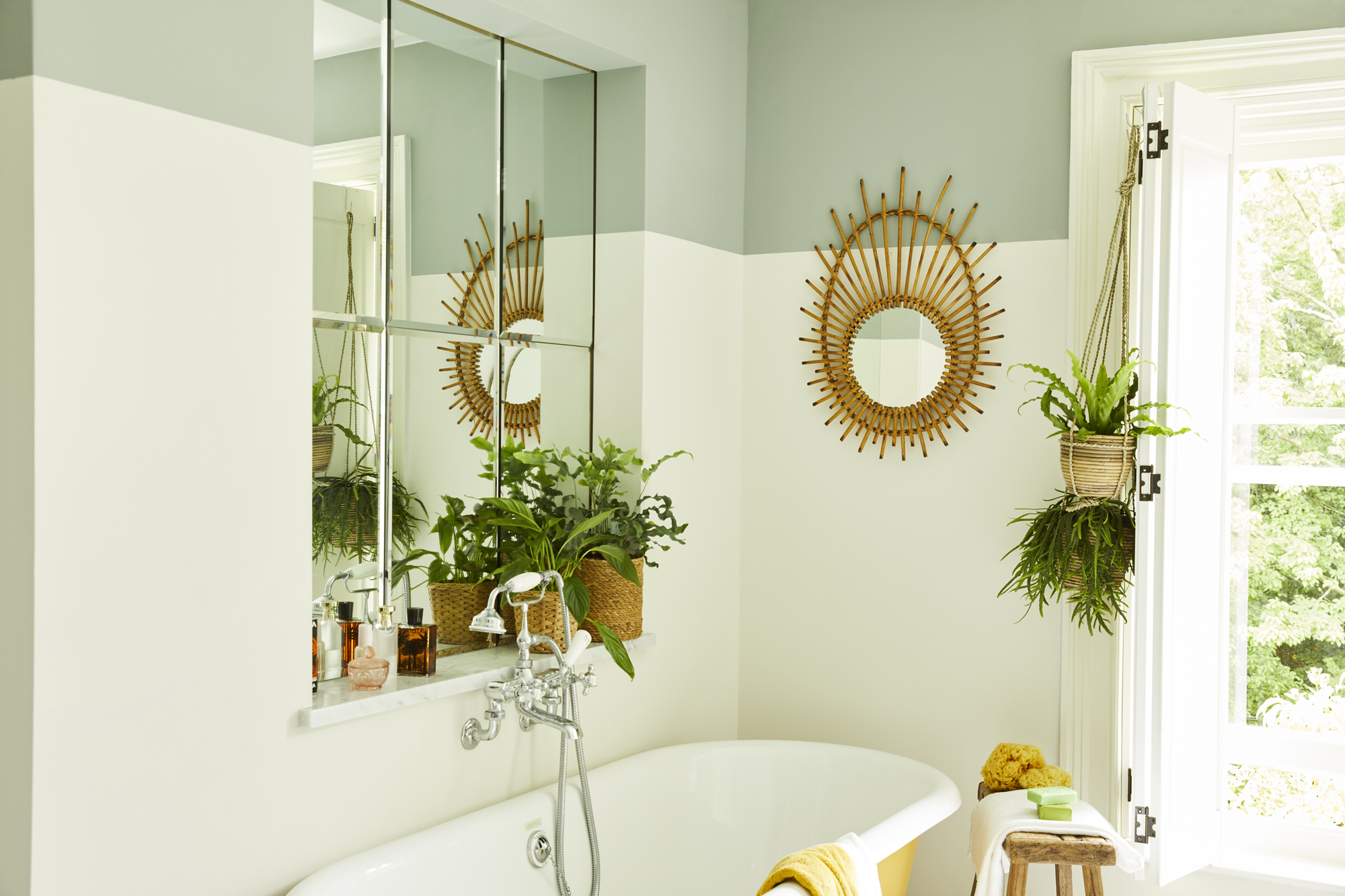
Carpets can also be a major source of VOCs in your home, especially those using manmade fibres. While VOCs are often the most potent directly after installation (or decorating in the case of paint), they also slow release lower levels over a period of time — as long as five years in some cases. Natural material carpets such as wool, sisal, jute and bamboo are a naturally low-VOC choice.
Even the likes of a new sofa will give off VOCs from the foam and glue used in the manufacturing process. Opting for second hand or reclaimed furniture means fewer emissions in comparison to a new purchase.
3. Improve Your Indoor Air Quality
The quality of the air you breathe indoors is hugely important to health and wellbeing. While not scientifically proven, poor air quality has been linked to all kinds of health-related issues, such as allergies, asthma, headaches and the aforementioned sick building syndrome.
The quality of the air in our homes can be worsened by a number of things, from bad ventilation to high levels of toxins used in materials that have been used for decorating or in the fabrication of your internal finishes and furnishings.
The aim in a healthy home is to keep the air quality as pure as possible by minimising the presence of VOCs, dealing with and preventing damp, condensation and any mould issues, and taking care to eliminate any possible allergens.
(MORE: What Causes Damp?)
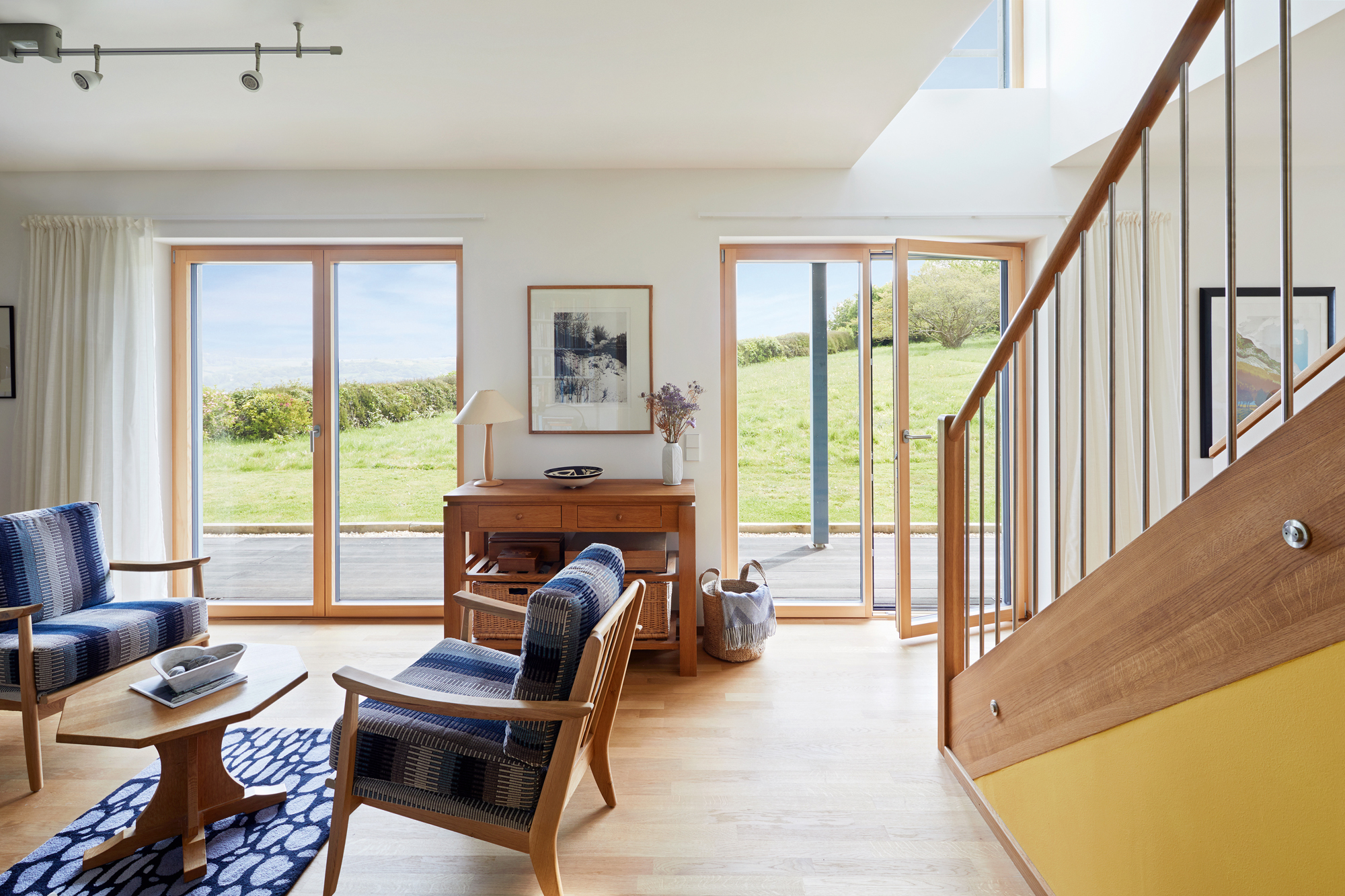
The introduction of fresh air through ventilation is also key to better physical and mental health. In modern homes, this largely falls into two categories:
- Passive or uncontrolled ventilation, such as trickle vents and air bricks. These are easy and affordable ways to offer ventilation to your home, but do not offer the airtightness required for a fabric first or Passivhaus build.
- Active or controlled ventilation, such as Mechanical Heat Ventilation with Recovery.
4. Minimise Noise Transfer
One of the very best ways to ensure a home benefits its occupants’ health is by building in high levels of comfort. This insight applies to everything from light levels to making sure the house maintains a pleasant temperature at all times.
Noise levels can be a huge source of discomfort. Shielding your home from external noise is obviously important, but it’s not the whole issue. You should make an effort to control internal sound transfer too.
A useful measure of sound transfer is the Outdoor-Indoor Transmission Class (OITC) — used to gauge the passage of sound between inside and outside and the performance of barriers such as windows and doors. As a guide, a door with a OITC of 30dB can reduce an outside sound of 70dB to an internal noise of 40dB. The equivalent measure for walls is Sounds Transmission Class (STC).
(MORE: Soundproofing and Noise Control Guide)
Those living near a busy road need to think early on in the design process about how they can protect themselves and the other occupants in the house from noise, not only through the use of triple glazing but also through the general layout of their property.

Locating spaces such as bedrooms, a home office or living room, away from roads or noise sources makes sense, instead placing naturally more ‘noisy’ rooms, such as utility rooms, kitchens, playrooms and the like, in these spaces. You could also look at shielding those spaces you want to be quieter using an internal courtyard configuration, for example, or by installing fencing or hedging.
To prevent internal noise transfer, take a look at increasing the thickness of internal walls, introducing acoustic insulation to stud walls, or using solid masonry as opposed to stud walls.
You might also look at acoustic-performance plasterboard (take a look at products from British Gypsum).
For others, simply increasing soft furnishings will suffice — replacing blinds with heavy curtains and wooden or tiled floors with carpets, for example.
5. Make a Healthy Sleep Environment
Noise reduction is only one part of ensuring your bedroom is optimised as an environment for sleep - a key element in both physical and mental health. Your bedroom should also be designed with other elements which induce better sleep in mind, specifically light and temperature.
Understanding how your home interacts with your circadian rhythm is the key to improving your sleeping habits. Using black out treatments for windows, especially in populated areas where light pollution is an issue, is one way to help, while creating a space that allows natural light to flood in in the morning to start your day right is equally important for a morning boost.
According to the Sleep Foundation, the optimal temperature for sleep is 18.3°C. Installing a smart thermostat is a great way to stay in control of your bedroom’s warmth, while ensuring a bedroom makes use of ventilation, or limits solar gain in the warmer months, will help keep you cool in the summertime.
6. Create a Connection with Nature
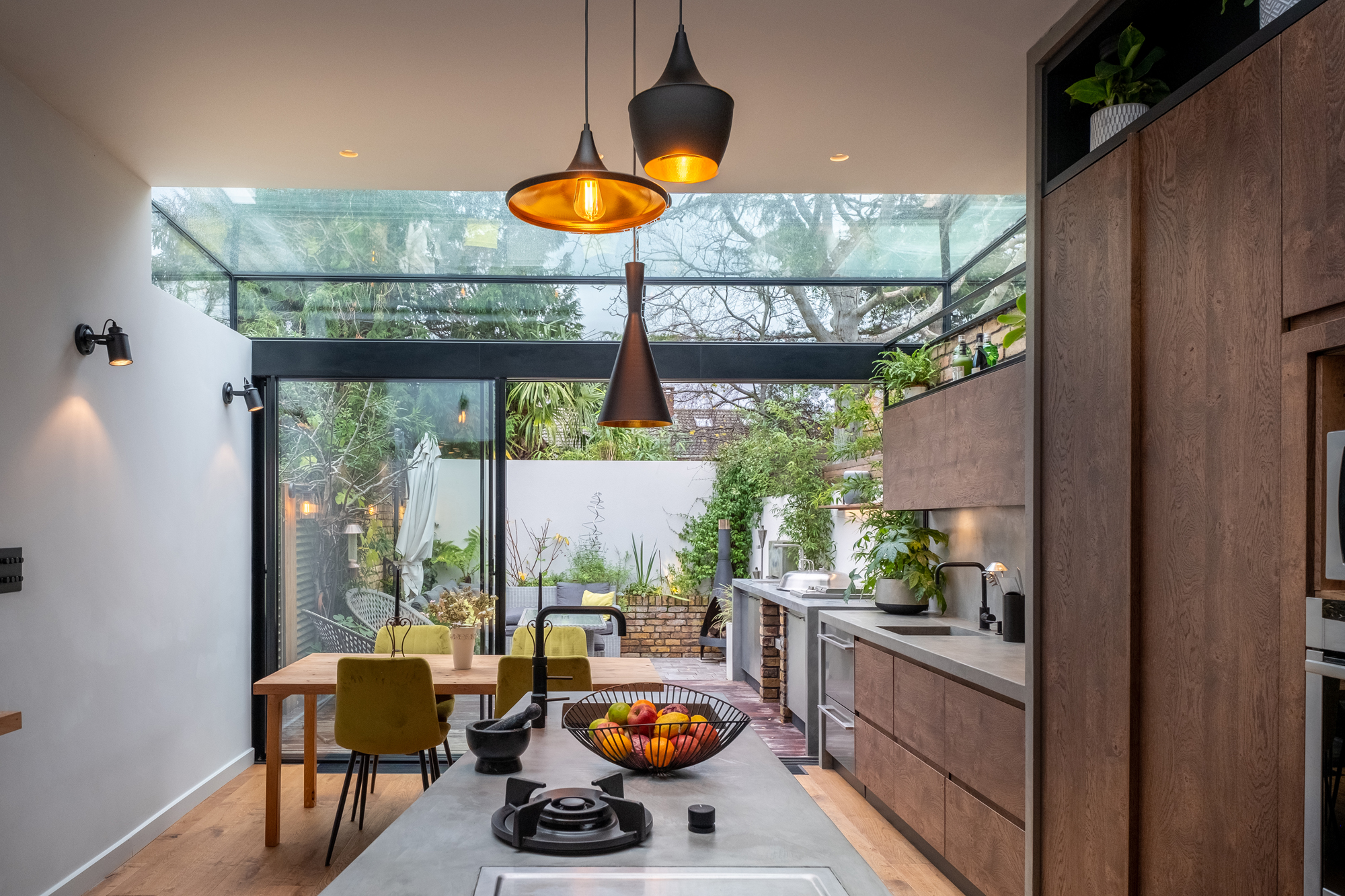
“It’s almost impossible to overstate how good nature is for our minds,” states Ben Channon, author of Happy By Design. The relationship between our physical and mental health and a connection to nature is outlined through biophilic design principles.
While there are obvious ways to enhance that connection of course, including maximising the amount of glazing to allow views of nature in your garden or surrounding landscape, or designing a living wall or green roof into your design, there are some ideas for creating a connection to nature in the finishes of your home which may sound fluffy, but have some scientific merit.
Ecological Valance Theory, for example, suggests that colours of nature used in the home have a subconscious association with positive experiences, while fractal fluency looks at how repeating patterns, replicated from nature, can be soothing and relaxing to look at, as our brains are hardwired to process them quickly.
7. Design a Biodynamic Lighting Scheme
Circling back to circadian rhythms, your artificial lighting can also be adapted to help improve your sense of how awake or sleepy you feel at appropriate times and contribute to our overall wellbeing.
The colour temperature of natural light changes throughout the day, and biodynamic lighting is where a design has been adapted to mimic these natural changes. While true biodynamic lighting schemes require specialist control setups to recreate these natural light cycles, smart control LEDs which allow changes to colour temperature, or even the use of warm dim LEDs can be effective in changing your relationship with lighting.
(MORE: Lighting Design Guide)
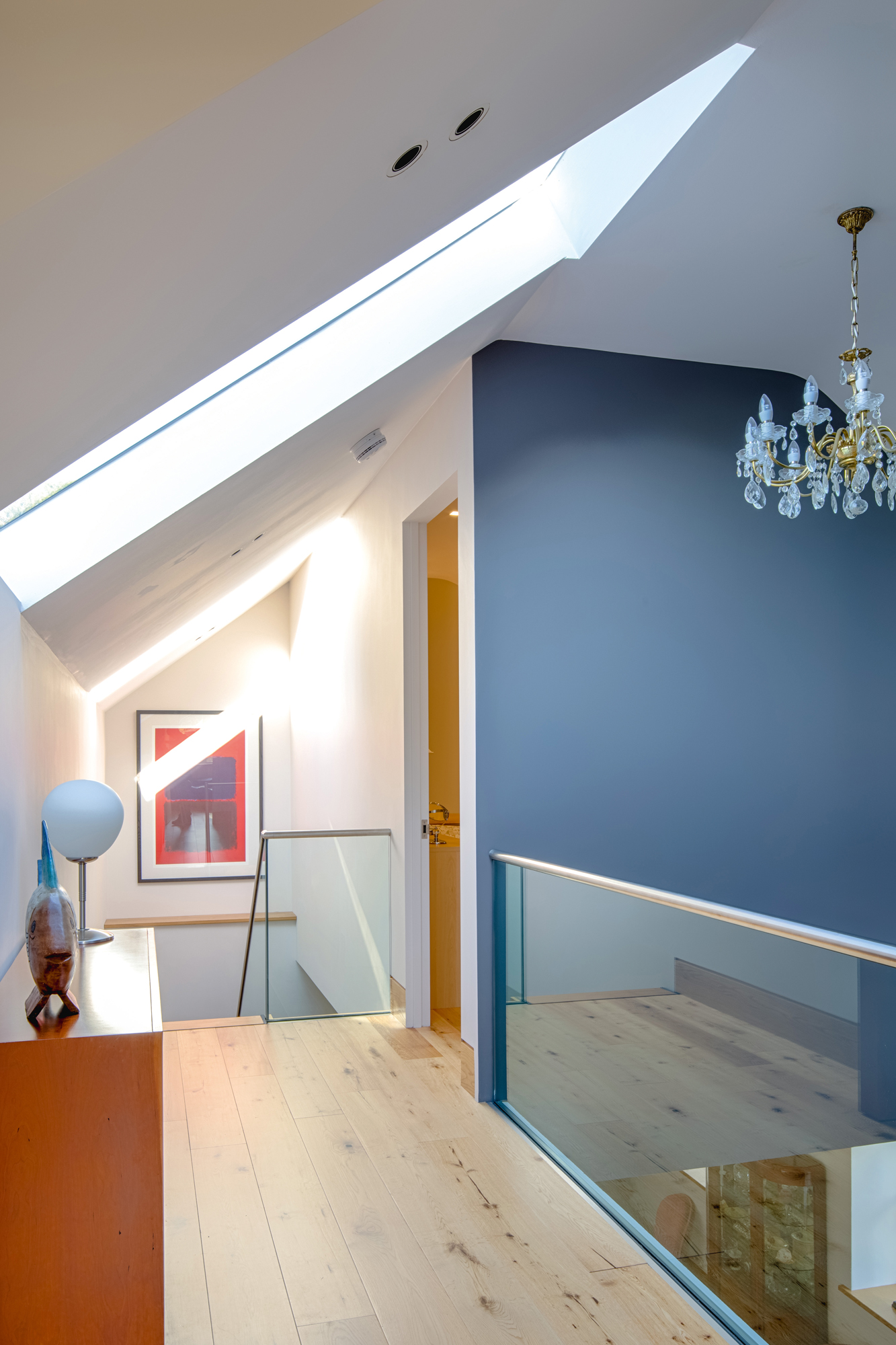
8. Consider Common Allergies
If you live with particular allergies, the choices you make in and around your home can have a very significant impact on your physical health.
Carpets can act as a repository for dust, causing issues for those with allergies or conditions such as asthma, while for hay fever sufferers, making choices in your garden planting of species that rely on insect pollination, rather than wind pollination, will help to reduce pollen in the air, and also increase your garden’s biodiversity.
Natasha was Homebuilding & Renovating’s Associate Content Editor and was a member of the Homebuilding team for over two decades. In her role on Homebuilding & Renovating she imparted her knowledge on a wide range of renovation topics, from window condensation to renovating bathrooms, to removing walls and adding an extension. She continues to write for Homebuilding on these topics, and more. An experienced journalist and renovation expert, she also writes for a number of other homes titles, including Homes & Gardens and Ideal Homes. Over the years Natasha has renovated and carried out a side extension to a Victorian terrace. She is currently living in the rural Edwardian cottage she renovated and extended on a largely DIY basis, living on site for the duration of the project.

